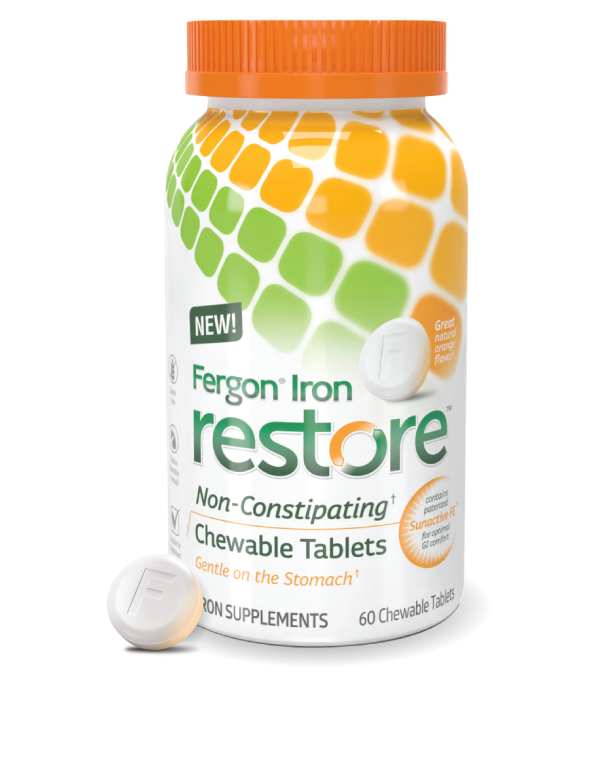Nearly everyone has experienced bruises at one time or another, but many people don’t understand what causes a bruise and how long the bruise healing time is. Bruises go through various stages between initial formation and finally disappearing, which makes the colors of a bruise transition over time. During the healing stage, the body reabsorbs blood that is released into the skin to repair the skin.
This article will describe how the body absorbs blood over time after a bruise and what is happening in the body during this time of natural repair. It will also discuss bruise healing time and how individuals with bruises can help their bruises fade away faster.
What Is Bruising?
Bruises are the body’s natural response to repairing damaged blood vessels, and the process of bleeding into the skin is called bruising. Bruises can appear red, black, blue, yellow, and other colors during their lifecycles, depending on how severe the bruising is. People with tougher skin tissue may be more resistant to bruising, while others seem to bruise with even the most minor bumps.
How Do Bruises Form?
Bruises typically form after an injury, such as bumping one’s knee on a table, tripping on an uneven sidewalk, or falling off a bike. Also known as contusions, bruises occur when part of the body suffers an injury and connective tissue or muscle fibers are impacted without breaking the skin. Blood from ruptured small blood vessels near the surface of the skin leaks out, trapping the blood under the skin. This is why bruises initially form a red or purple mark but don’t bleed out externally.
How Long Do Bruises Last?
Bruises last longer on some people’s skin than others, but most bruises go through a similar cycle before fading away. The typical bruise healing time is about two weeks for a bruise to fade away entirely, and bruises disappear when the body reabsorbs the blood released at the time of injury.
When a bruise first forms, it is typically red or purple in color because this is the blood appearing under the skin. Within a couple days, hemoglobin in the blood causes the bruise to become more purple or maybe even black. A few days after that, bruises tend to turn yellow or green in color. The last step in a bruise healing time process is when bruises transition into a brownish color before returning back to the skin’s natural hue.
How to Speed Up Bruise Healing Time
Individuals who have low iron levels are more susceptible to bruising and experiencing bruises that last a long time. Therefore, it may be beneficial to take iron supplements like Fergon to reduce the risk of bruising and help bruises heal faster. It may also help to elevate the bruised area and apply a hot compress to the bruise to help the body reabsorb the lost blood. Other recommendations include taking an over-the-counter medication for pain and wrapping the bruised area with a bandage. Eating a healthy diet with iron-rich foods, as well as foods with vitamin C and vitamin K, aid the reabsorption of blood and the healing of bruises as well.

